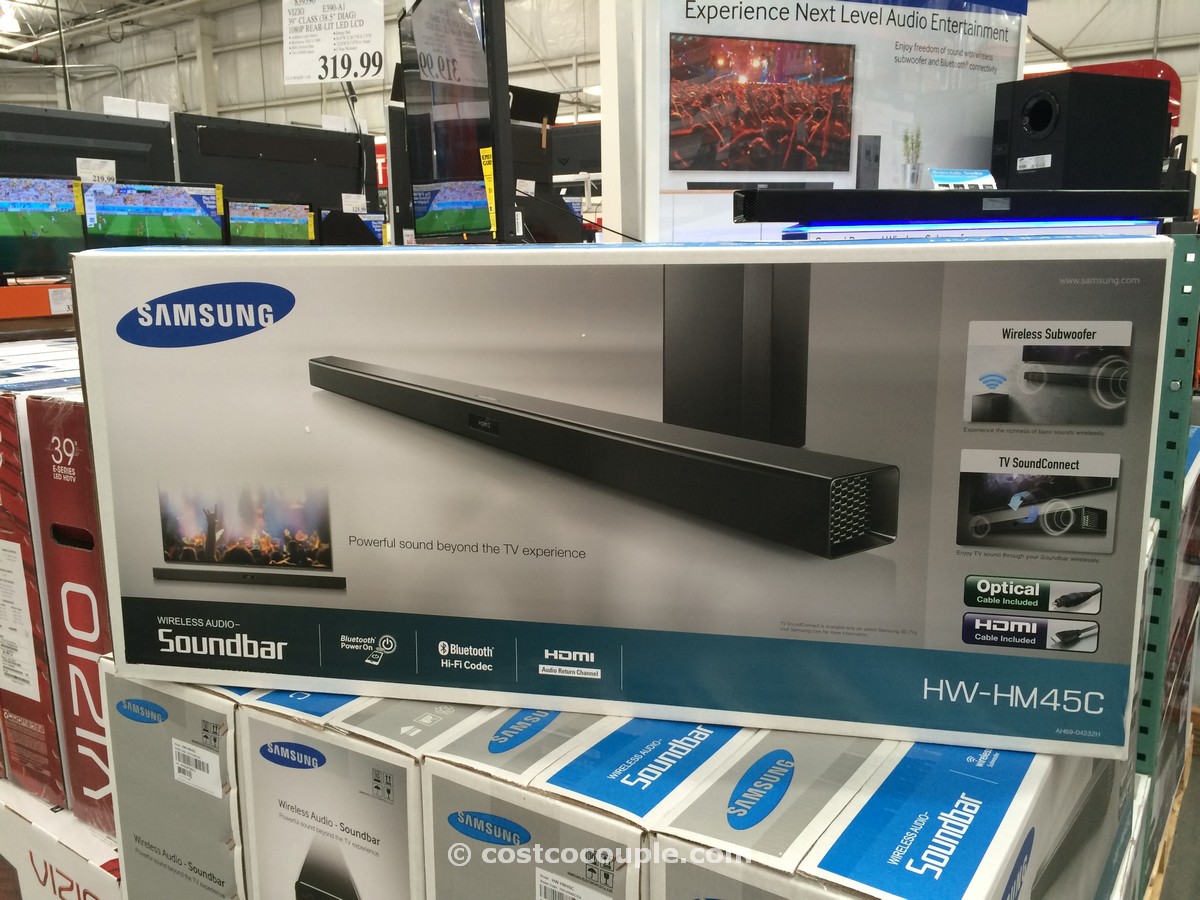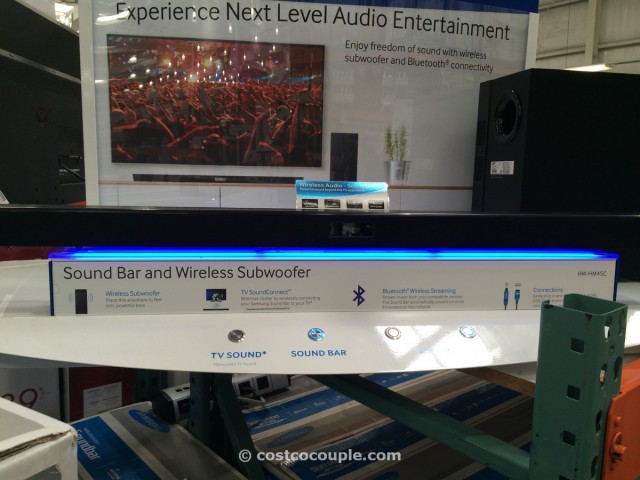
A few soundbar systems, like those from Roku and Sonos, also support expansion with separate wireless subwoofers. Just like it takes a lot of space to move that much air, it also takes a lot of power. You also need to either make sure your subwoofer is powered (has a built-in amp) or connect a preamp between your unpowered subwoofer and the soundbar. You have to consider cables if you add a subwoofer this way, though. Some soundbars have subwoofer outputs, so you can add one after the fact. If your soundbar doesn't include a subwoofer, you might still have options. You can get a good listening experience with just a soundbar, but if you really want to make the walls shake and feel your favorite movies or music, you should invest in a subwoofer.
COSTCO SOUNDBAR DRIVER
It's typically bulky and equipped with a large driver (usually around six inches) so it can move a lot of air to get that low-end rumble. That's why many soundbars include separate subwoofers.Ī subwoofer is a speaker designed specifically for putting out low-frequency sound, in the bass and sub-base ranges. Because of how sound travels, you need a lot of physical volume to get very powerful bass, and the wide, shallow shape of soundbars doesn't offer that. Soundbars can put out a lot of sound from low-mid to high frequencies, but they usually can't reach deep down into the low-frequency ranges. See our roundup of the best computer speakers for some ideas.

It also might not fit as neatly under or in front of your TV. Almost any Bluetooth speaker or one with an optical, RCA, or 3.5mm input (if your TV has a headphone jack) can greatly improve your audio experience, though its power and ability to produce a sound field might be more ideal for smaller screens. You don't technically need to stick to a soundbar for a simple audio system for your TV. They're add-on sound systems that don't take up much more space than your TV but add much-needed power, range, and clarity to your audio experience. Soundbars are long, usually thin (but still thicker than your TV) speakers that incorporate stereo left/right/center surround sound or even spatial audio in an easy-to-set-up device you plug into your TV's HDMI or optical port. You need a separate sound system if you want loud, high-quality audio for your home theater that isn't thin or tinny: You need a soundbar. This means that, as pleasing as the picture looks, your TV's built-in speakers probably don't sound too good. Speakers typically need a lot of space to produce good audio (with a few unique technical exceptions, like expensive and rare electrostatic panel speakers or the actuators on certain high-end OLED TVs), and there simply isn't much real estate in slim sets. However, a slender frame isn't an advantage for sound quality. New TVs are generally thin, which makes them look great on your wall or in your entertainment center.
COSTCO SOUNDBAR HOW TO
COSTCO SOUNDBAR PC

How to Convert YouTube Videos to MP3 Files.How to Save Money on Your Cell Phone Bill.

How to Free Up Space on Your iPhone or iPad.How to Block Robotexts and Spam Messages.


 0 kommentar(er)
0 kommentar(er)
